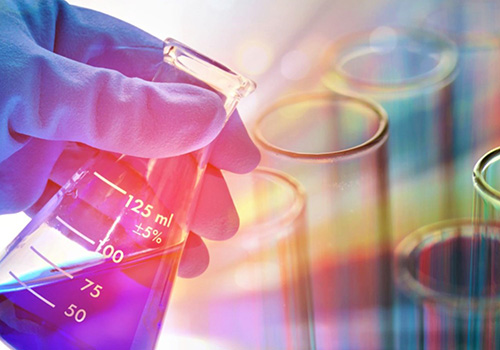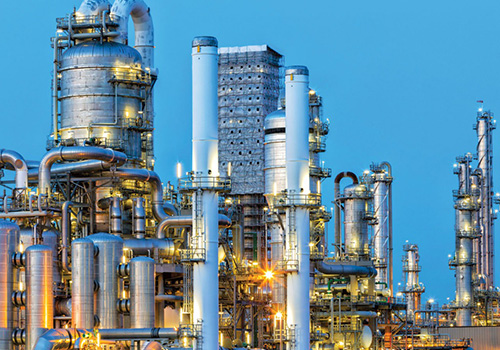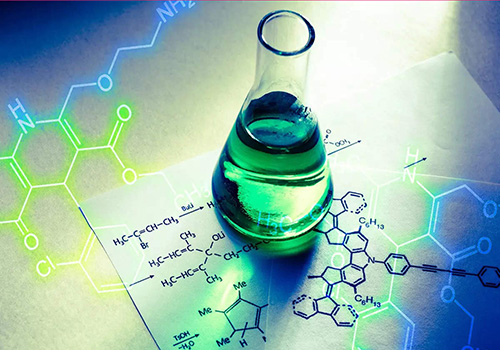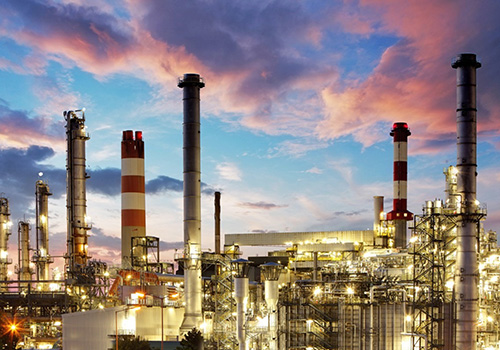India’s chemical sector is predicted to increase between 8 and 9 % over the next decade, according to a FICCI estimate. By end of 2022, its proportion of the global chemical industry is predicted to increase by 5-6 %. Chemists and others with experience in chemical product manufacturers are increasingly considering starting a small-scale chemical manufacturing business.
In India, there are around 70,000 chemical production units, both small and large. As a whole, small businesses make up a significant portion of the economy.
Profitability in India’s Chemical Industry as a Business
The chemicals sector in India consumes 33 % of its own production. This domestic consumption is also expected to increase as the chemical sector continues to grow. As a critical growth sector for India’s economy, the Chemical industry is regarded by the government as such. Foreign Direct Investment (FDI) is permitted in the chemical sector at a rate of 100 %. The majority of chemical goods are no longer regulated. Only the IEM must be sent to DIPP if there is no locational angle involved. Creating small-scale chemical products has enormous business potential.
Doing Business in Chemical Industry in India
Many Investors and PVs are looking for small-scale chemical business opportunities. In addition to being lucrative, the chemical industry has a large export market. It is estimated that the Indian Chemical Industry produces more chemicals than any other country in Asia and is ranked 6th in the world in terms of production volumes Indian economy is supported by the industry to the tune of 6-7 % (Gross Domestic Production). It has a variety of effects on our life. Inextricably linked to it are our thermoplastic furniture, our synthetic clothing, and our drugs.
Market Size
In India, the chemical sector accounts for roughly 7% of the country’s GDP, according to industry analysts. Chemicals in bulk account for 39 % of the Indian chemical sector, followed by agrochemicals (20.3%) and specialty chemicals (13.7%). This was followed by pharmaceuticals and biotechnology.
One of The Best Industry for Doing Business
Also, this industry has important ties to several downstream industries. Automobiles, consumer durables, textiles, engineering, and food manufacturing are examples of these industries.
By 2025, the Indian chemicals sector is predicted to reach US$ 304 billion, with a CAGR of 9.3%. Until 2025, the demand for chemicals is predicted to grow at a rate of 9% annually.
It is estimated that by 2025, India’s chemical industry will contribute $300 billion to its gross domestic product (GDP). By 2025, the Indian chemicals and petrochemicals business is expected to invest Rs. 8 lakh crore (US$ 107.38 billion).
Initiatives by the government
Import chemicals must be BIS-certified as part of the government’s efforts to prevent the dumping of cheap and substandard chemicals.
By 2025, it is expected that the chemical sector would account for about 25 % of the manufacturing sector’s GDP in India. 233.14 crore rupees (32.2 million dollars) were allotted to the Department of Chemicals and Petrochemicals as part of the Union Budget for 2021-22. As a way to increase local manufacturing and exports, the Indian government is considering implementing a production-linked incentive (PLI) scheme in the chemical sector.
What’s the Future Ahead?
As a result of China’s supply chain disruption and the US-EU-China trade war, India’s chemical sector has many chances in the backdrop of the now receding pandemic crisis. For the Indian chemical sector, anti-pollution efforts in China will also open up chances in specific segments.
Fiscal incentives such as tax rebates and special incentives like PCPIRs or SEZs to promote downstream units can boost the industry’s growth. According to the PCPIR policy, specialized integrated manufacturing hubs are expected to attract investments of Rs. 20 lakh crores.



